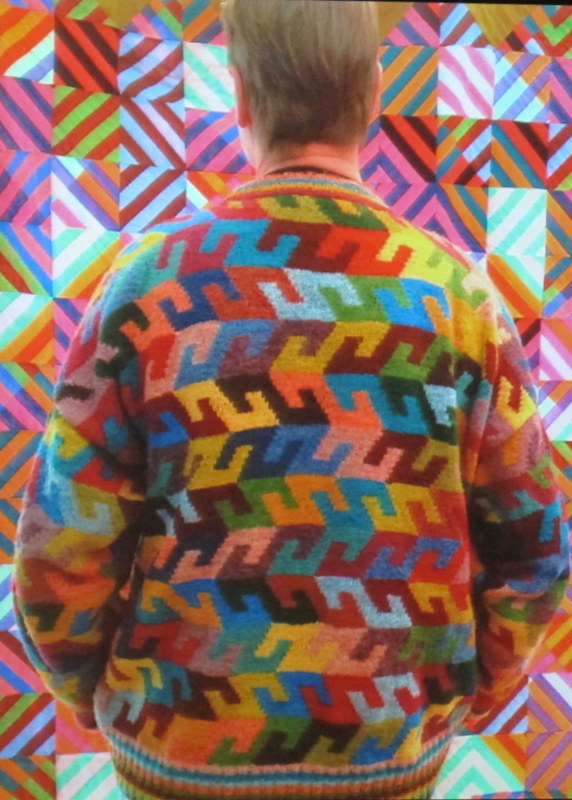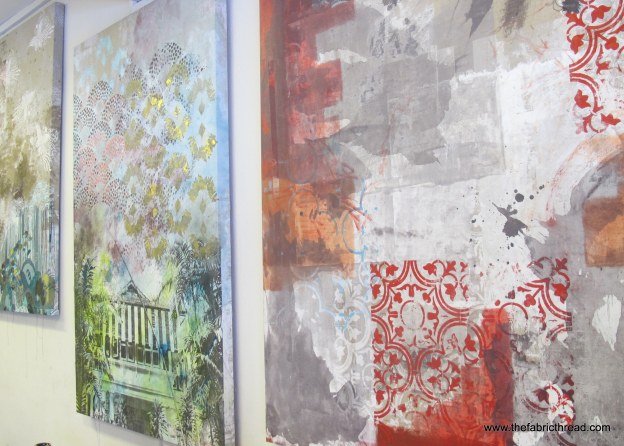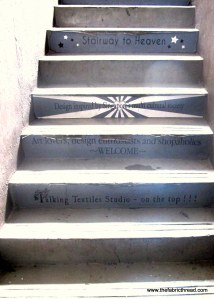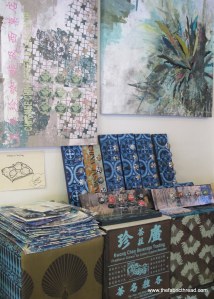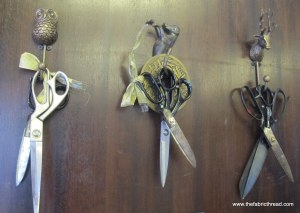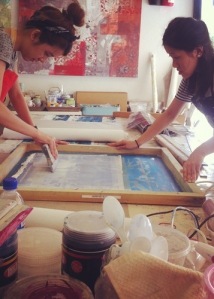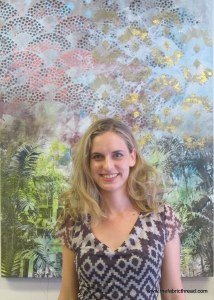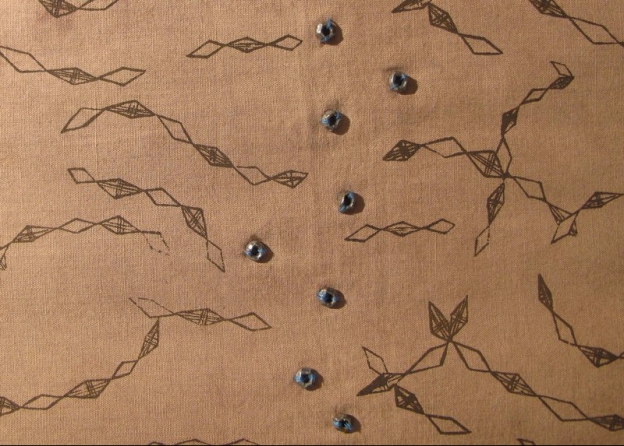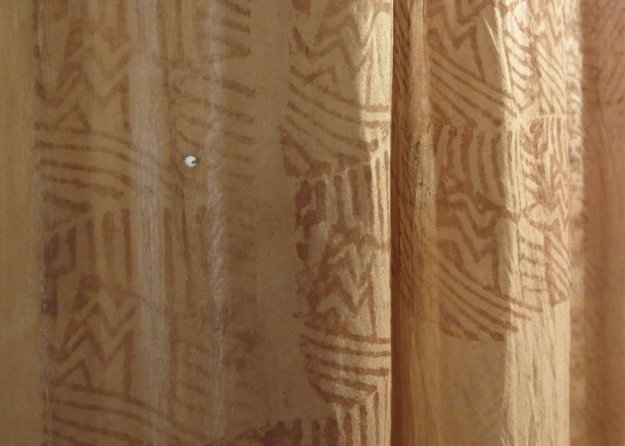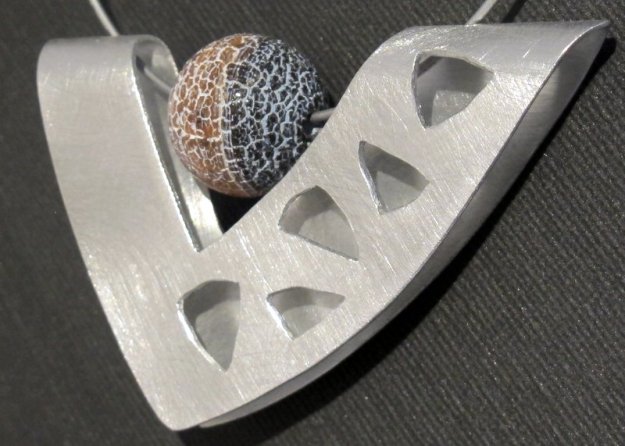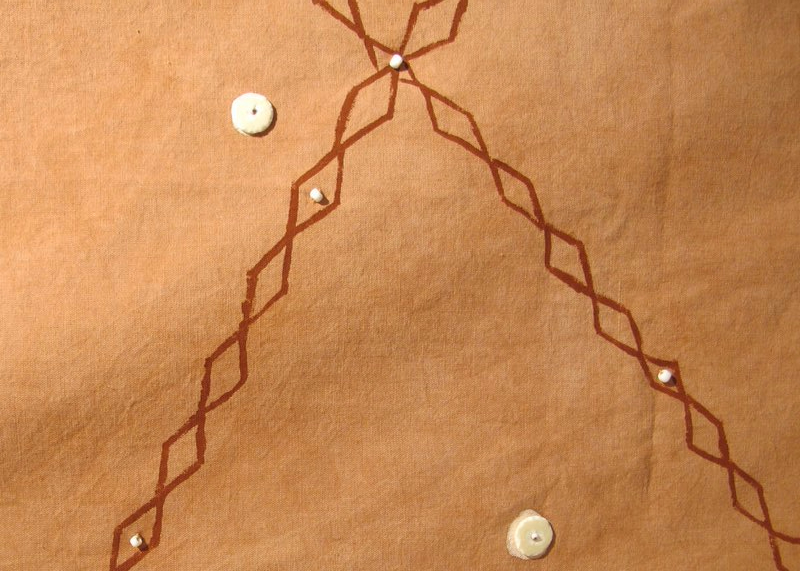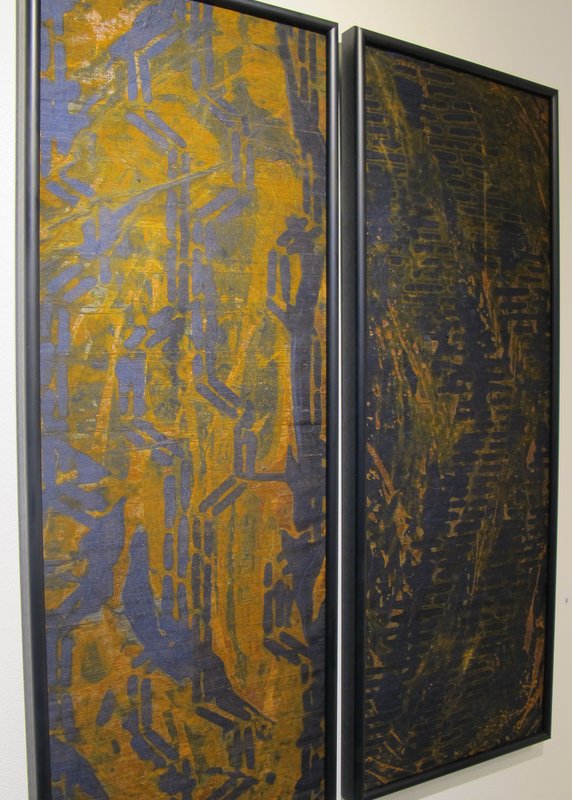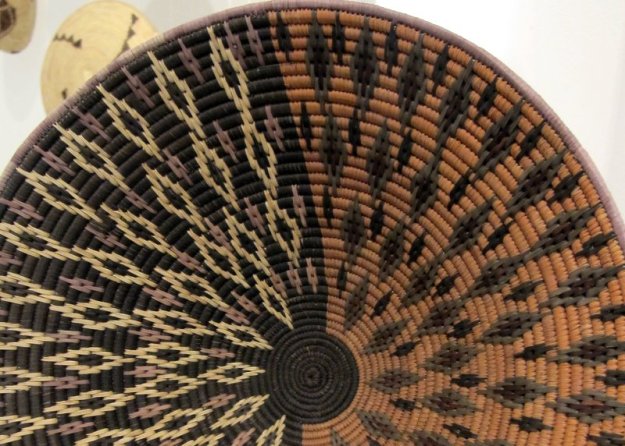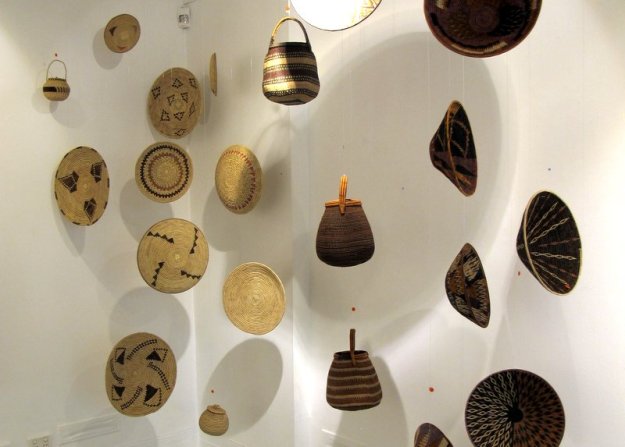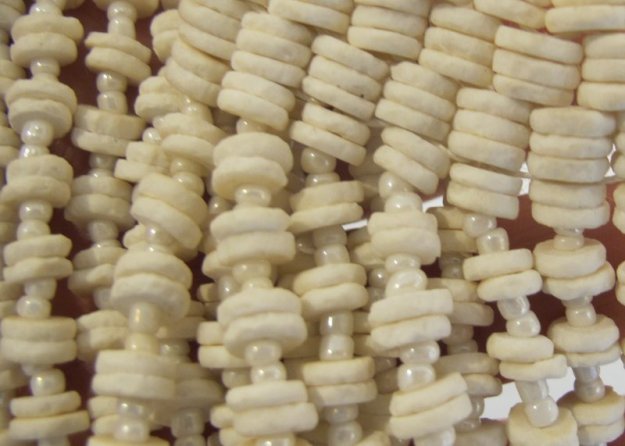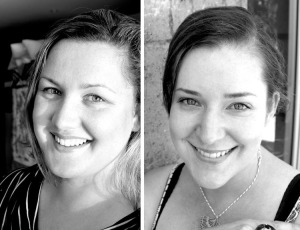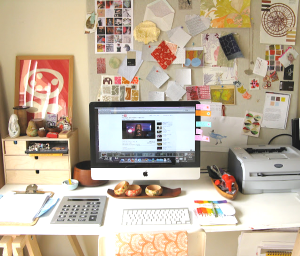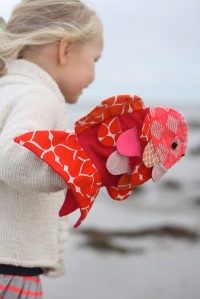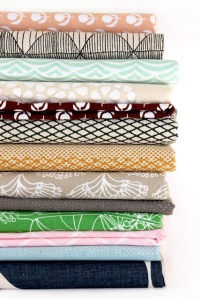When in doubt add twenty more colours.
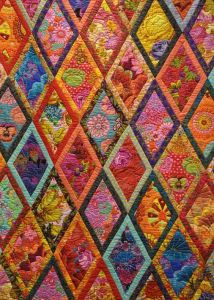
Kaffe Fassett fabric used in one of his quilt designs
I heard this quote from Kaffe Fassett many years ago, long before I really knew who he was or how extraordinarily creative he is. I was a young Afrikaans girl in suburban Pretoria, South Africa. All I knew was that he’s a man from ‘overseas’ who knitted multi-coloured garments. There were so many things about him which were completely foreign to me.
Firstly, I didn’t know men can knit. Secondly, I didn’t know that knitting was considered art and that one can make a living from it. I also didn’t know it was ‘allowed’ to mix all these colours together. I came from a time and place where blue and green didn’t go together, beige was always a safe option, and only mums and grannies knitted.
I had no idea that many years later I would live ‘overseas’, have a career which revolves around creative needlework, and actually have the opportunity to meet the man himself.
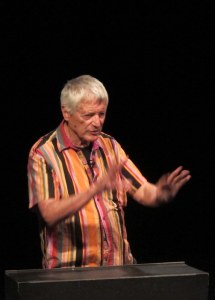
Filled with energy and enthusiasm during his talk
Kaffe Fassett and his business partner Brandon Marbly visited Australia earlier this year, doing a series of talks and workshops around the country. I had the opportunity to meet him in Adelaide on the last weekend of a hectic almost two-month tour.
What struck me most about him was not his amazing talent or sense of colour, although that is something to behold. It’s his amazing energy. Kaffe is in his early 80’s yet talk, move and act like someone at least 20 years younger. He is bursting with enthusiasm about his work, about colour, about meeting other creatives, and about teaching.
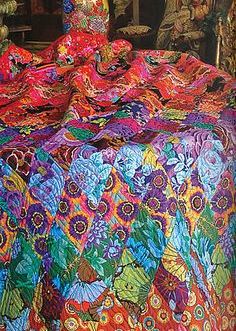
When in doubt add twenty more colours
He is extremely prolific, turning out designs for fabric ranges, quilts, as well as knitting patterns and books at a pace which makes me tired just thinking about it. As someone who takes the time to process information and contemplates ideas before putting it into action (read: procrastinate), I am in awe of this skill!
In his talk, he tells about his travels to different parts of the world. Australia, South East Asia, Africa and India, features alongside South America and Europe. He finds inspiration in everything from street markets to faded wall paint. But it is not just the far away and exotic which speaks to him – he finds as much inspiration from his neighbour’s garden as from a faraway location. As long as there is colour, Kaffe can turn it into something extraordinary.
Kaffe designs knitwear for Rowan, fabric for Westminster Fibres, and needlepoint tapestries for Ehrman. He also publishes an array of books on quilting, knitting and colour inspiration. I found his autobiography Dreaming in Colour, especially interesting and inspiring.
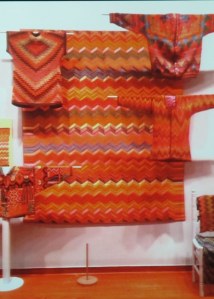
Image from Kaffe’s slide show
One of the questions put to him during his talk was how he gets time for everything. For Kaffe, the answer is simple: No television, no mobile phone and no computer. Brandon, who is his business manager, handles all those things, freeing up Kaffe’s time and mind to create. He loves listening to music while he designs and to BBC Radio 4 while he stitches.
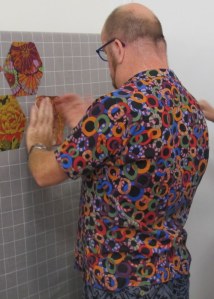
Brandon working on a design wall
During the workshop, Kaffe and Brandon shared another secret: Work with music. Choose something with a beat and turn it up loud. Move to the rhythm! Kaffe believes in doing first and editing later. When designing a new quilt, he works on a flannel covered design wall where he can put up all his fabric pieces, adding as many colours and patterns as he wants. Then he stands back and edits by removing and rearranging. His mantra is – Don’t be afraid. Add more colour and pattern.
Listening to Kaffe and watching him work and talk about colour is extremely inspirational. He oozes energy and enthusiasm for life. Beige does not feature anywhere in his work or life, blue and green can go together, and with many other colours too.
I now realise that that quote I heard so many years ago does not just apply to needlework. It applies to life.
Have you attended any of his workshops or made any of his designs? Please share!

